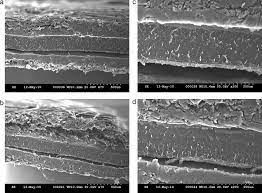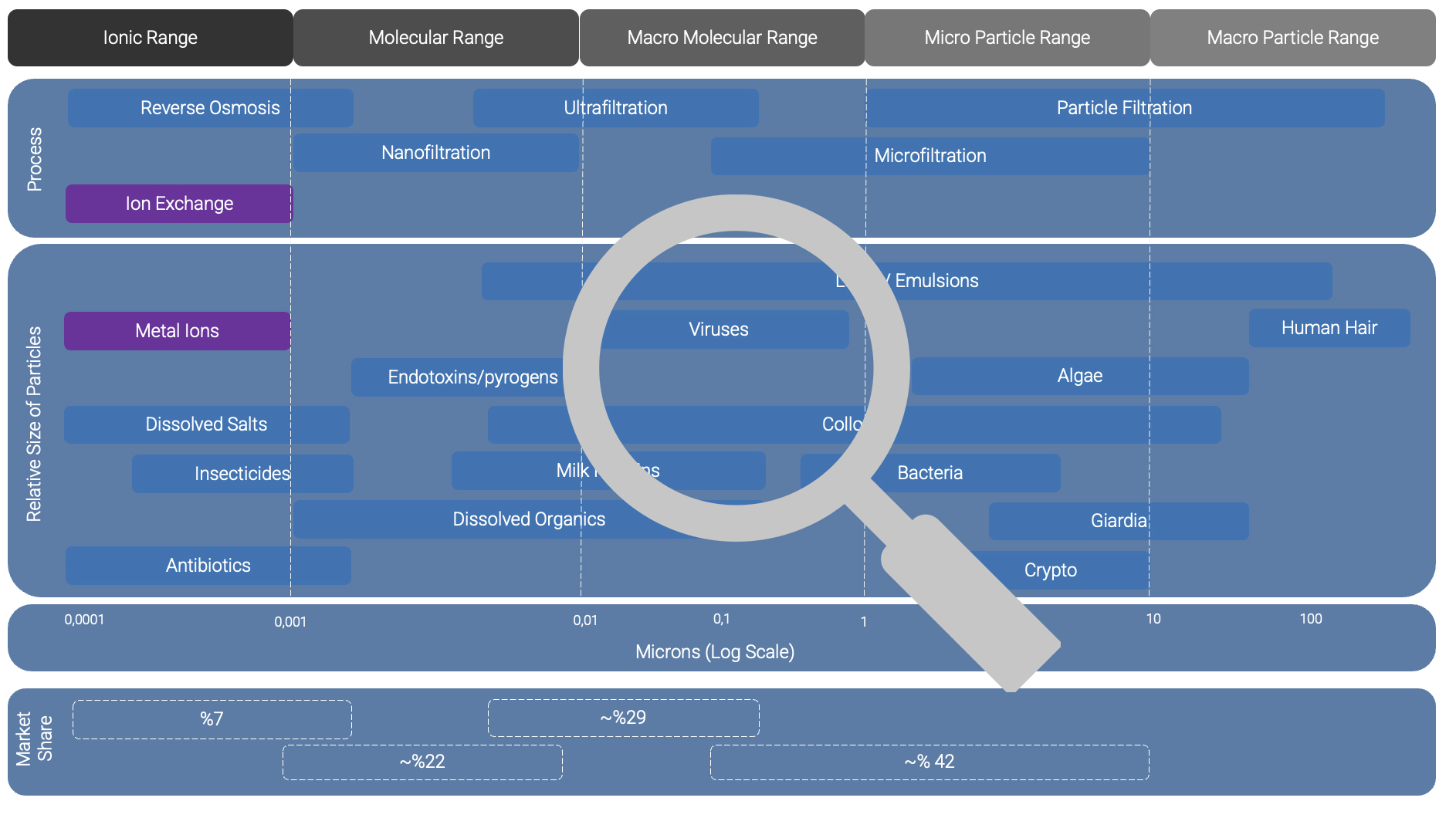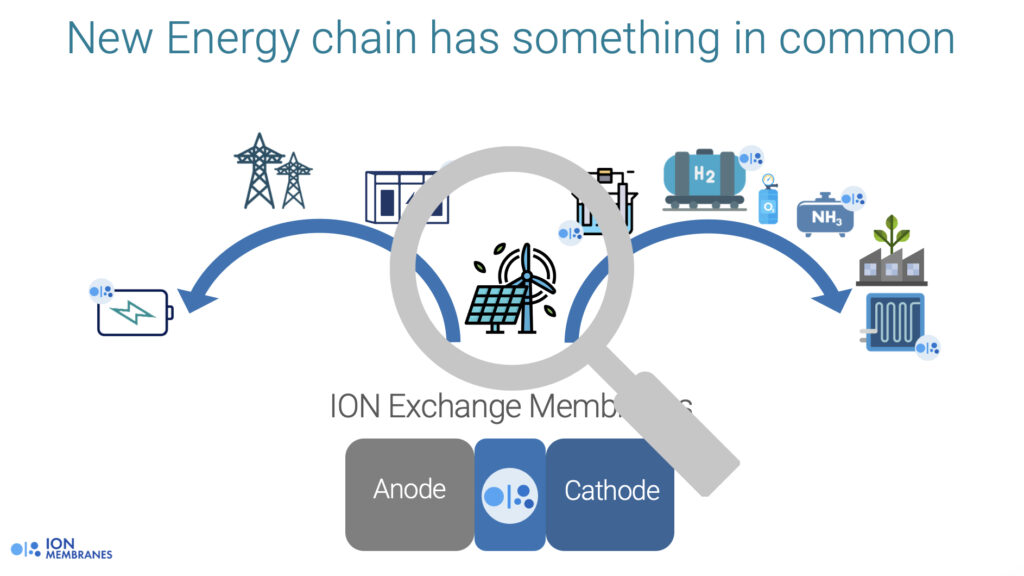



Net Zero
Cities
by
2030
Energy
Transition
Is
Here
The Way
Industries
Think About
Separation
Technologies
Sustainable
Hydrogen
Economy

See
How We Contribute to Net-Zero

See How We Contribute to
Net Zero
At the Heart of Climate Technology
Ion membranes develops and manufactures ion exchange membranes and separators for the green energy industry. Our solutions are used in batteries, electrolyzers, fuel cells, chlor-alkali plants, electrodialysis water treatment processes and other areas where an ionic range separation is necessary.
- Separation and purification
- Fuel cell technology
- Energy storage
- Gas separation and capture
- Hydrogen production
How Does It Work?
What
Are
The Challenges
For Membranes?
What Are The Challenges For Membranes?

Ion exchange membranes face several challenges that can limit their performance and widespread adoption.
Some of the key challenges include:
- Ion Selectivity
- Chemical & Thermal Stability
- Humidification Requirement
- Cost
- Scale-up and Integration
- Durability
- Foulling
- Compliance with PFAS regulations
Researchers and engineers are actively working to address these challenges through materials innovation, membrane design, surface modification techniques, and advanced characterization methods. Continued research and development efforts are aimed at improving the performance, stability, selectivity, and cost-effectiveness of ion exchange membranes to expand their applicability across various industries. Says ChatGPT…







